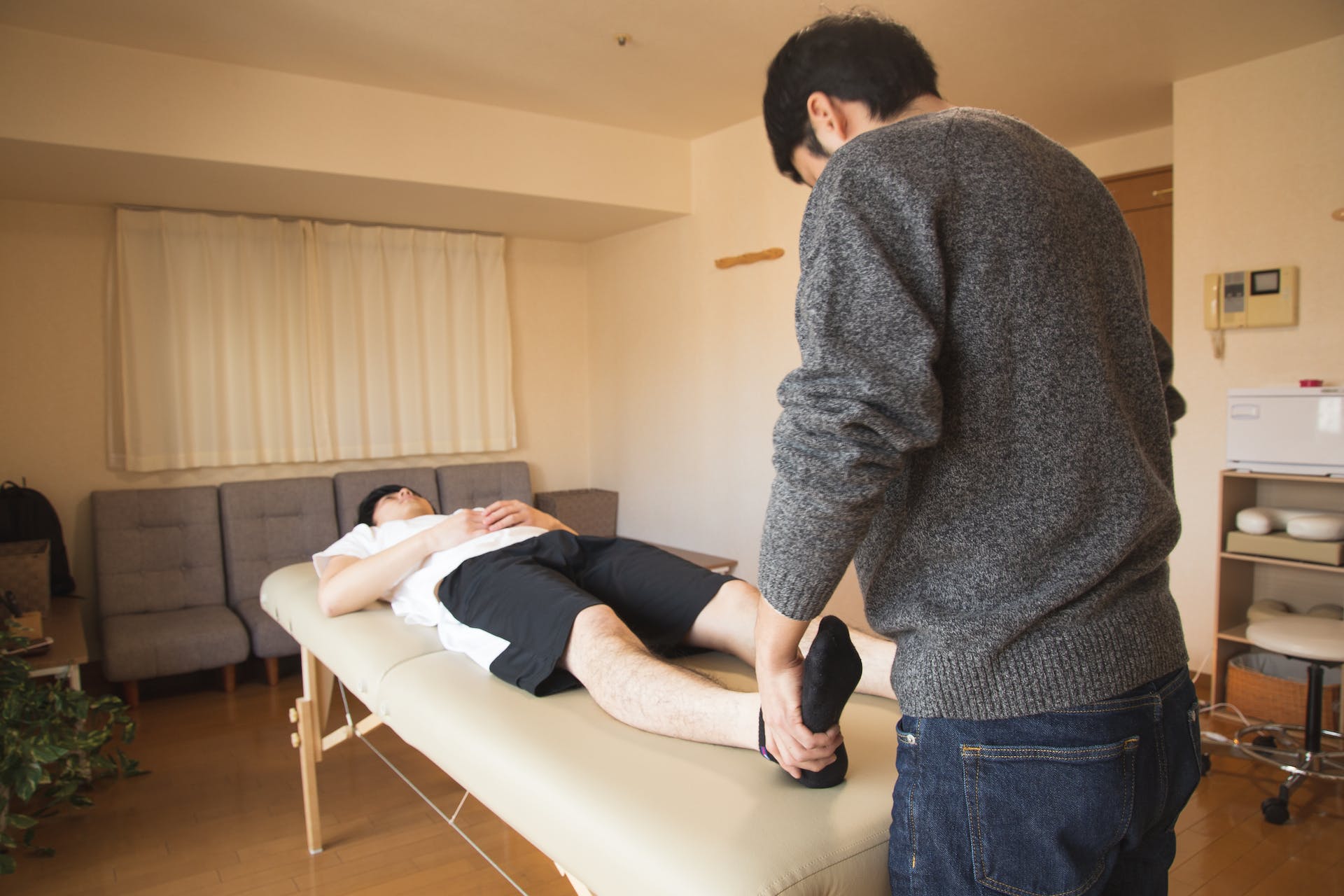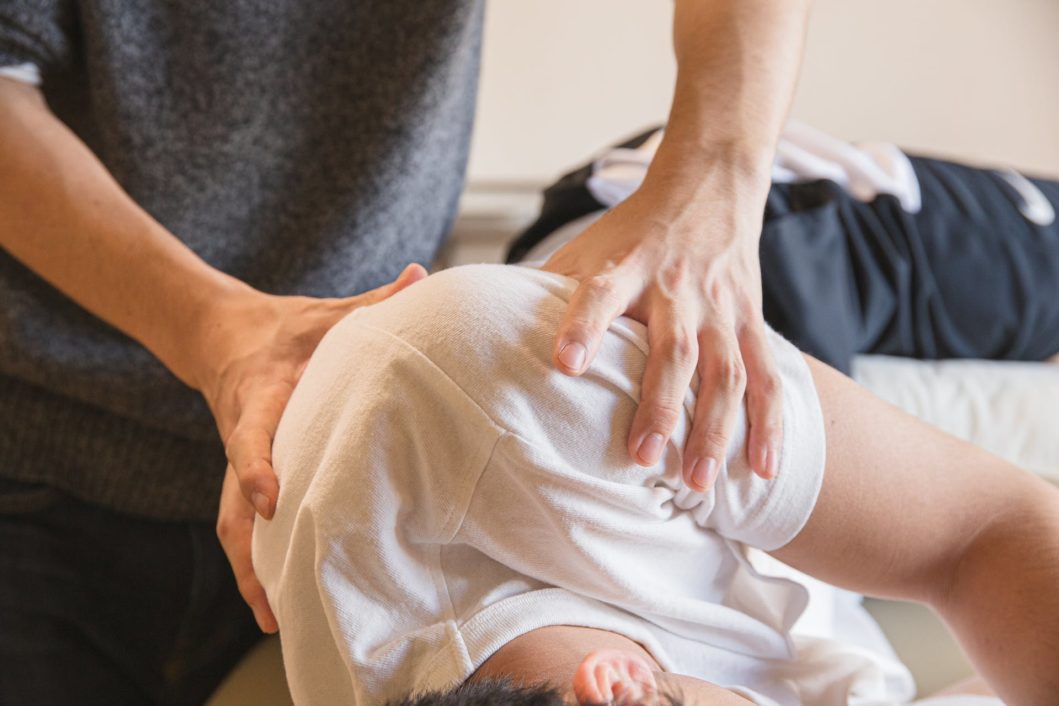In the demanding world of athletics, recovery is as vital as the training itself. Athletes constantly push their bodies to the limit, leading to muscle fatigue, micro-tears, and overall wear and tear. To optimize performance and prevent injuries, athletes turn to a variety of recovery techniques.

From traditional methods like ice baths to modern approaches like massage therapy, the quest for the most effective recovery strategy is ongoing.
1. Ice Baths:
One of the oldest and most widely used recovery methods is the ice bath, or cryotherapy. Immersing the body in cold water helps reduce inflammation, soothes sore muscles, and constricts blood vessels. This process is believed to facilitate the removal of waste products from muscles. While some athletes swear by the benefits of ice baths, others find the experience uncomfortable. The key is to strike a balance, as excessive use may blunt the body’s natural inflammatory response.
2. Massage Therapy:
Massage has long been recognized as a valuable tool for recovery. Whether it’s deep tissue massage, sports massage, or foam rolling, the manipulation of muscles and connective tissue can enhance blood flow, reduce muscle tension, and alleviate soreness. Regular massages are not only physically beneficial but can also contribute to mental relaxation, promoting an overall sense of well-being.
3. Compression Therapy:
Compression garments, ranging from sleeves for the arms and legs to full-body suits, have gained popularity among athletes. The idea behind compression therapy is to improve circulation, reduce swelling, and enhance the removal of metabolic waste. While the scientific evidence supporting the efficacy of compression garments is mixed, many athletes report subjective feelings of reduced muscle soreness and improved recovery.
4. Active Recovery:
Sometimes, the best way to recover is to keep moving. Active recovery involves engaging in low-intensity exercises, such as swimming, cycling, or yoga, to promote blood flow and facilitate the clearance of metabolic byproducts. This method is particularly useful on rest days when complete inactivity may lead to stiffness.
5. Nutrition and Hydration:
Often overlooked, proper nutrition and hydration are foundational to effective recovery. Consuming a balanced meal with a combination of carbohydrates and protein after a workout provides the body with essential nutrients for muscle repair and glycogen replenishment. Hydration is equally critical, as water supports various physiological processes, including the removal of toxins from the body.
In the quest to determine the best recovery techniques, it’s essential to recognize that individual responses may vary. Athletes should experiment with different methods and combinations to find what works best for their bodies and training regimens. Moreover, a holistic approach that combines multiple recovery strategies may yield the most comprehensive benefits.
In conclusion, the search for optimal recovery techniques is a dynamic journey influenced by both traditional practices and emerging technologies. From ice baths to massage therapy, the effectiveness of recovery methods is subjective and varies among individuals. The key lies in a personalized approach, understanding one’s body, and adopting a combination of recovery techniques that align with individual needs and preferences.

